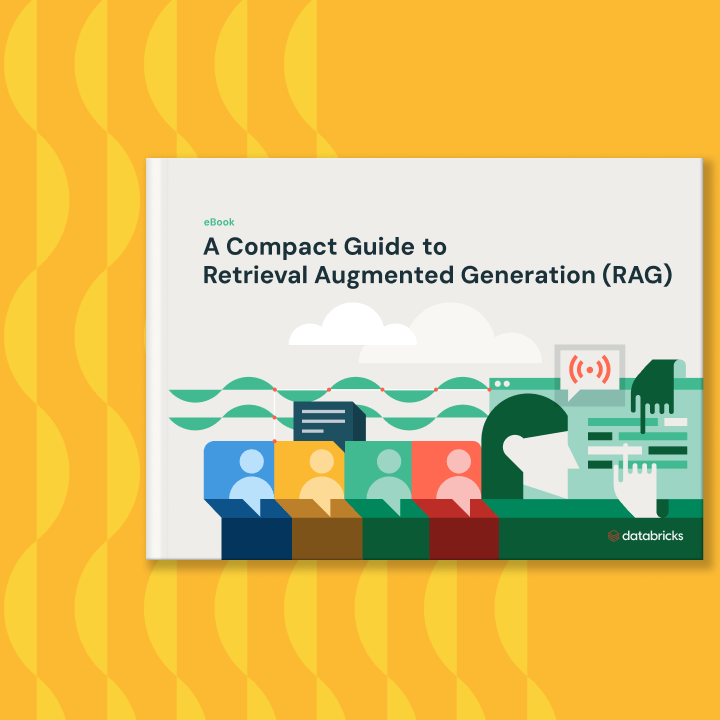Guide
Augment your LLMs using RAG

Generative AI is taking the world by storm. However, one of the first challenges organizations face in deploying large language models (LLMs) in their corporate environment is how to make LLMs understand their proprietary enterprise data. Retrieval augmented generation (RAG) is the leading technique for enhancing LLMs with enterprise data. For example, to ensure chatbots that are powered by LLMs are responding with accurate, relevant responses, companies use RAG to give LLMs domain-specific knowledge drawn from user manuals or support documents.
This compact guide to RAG will explain how to build a generative AI application using LLMs that have been augmented with enterprise data. We’ll dive deep into architecture, implementation best practices and how to evaluate Gen AI application performance.
In this guide, you’ll learn:
- The fundamentals of RAG, including the different types of RAG applications
- Key components of RAG, namely retrieval and generation and the range of implementation choices and configurations you can use
- Evaluating RAG and the different ways to properly understand the accuracy of the RAG application
- Implementing RAG and the various features needed to support a productionized RAG application